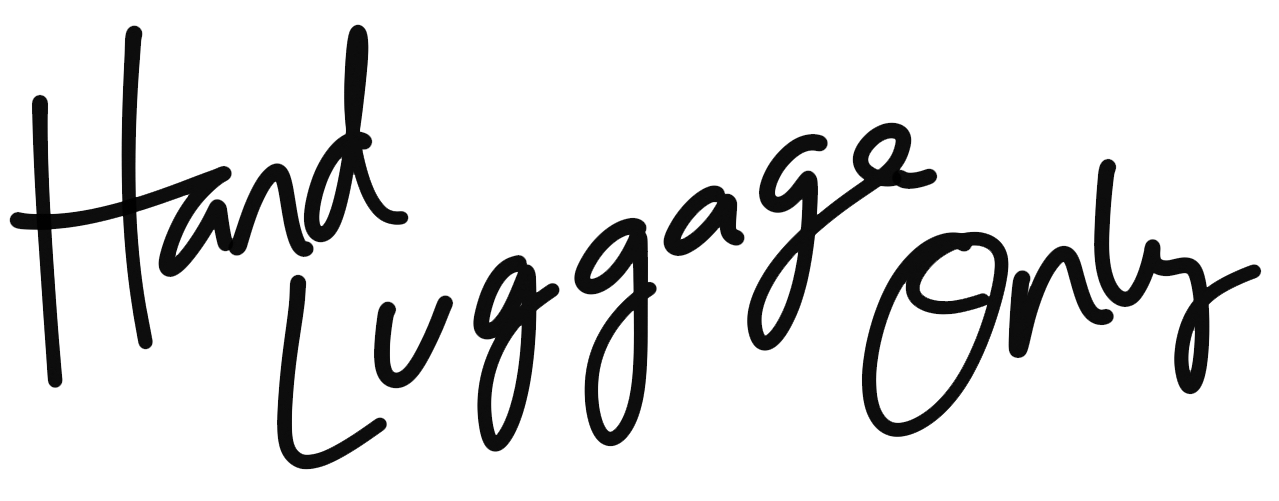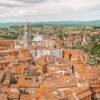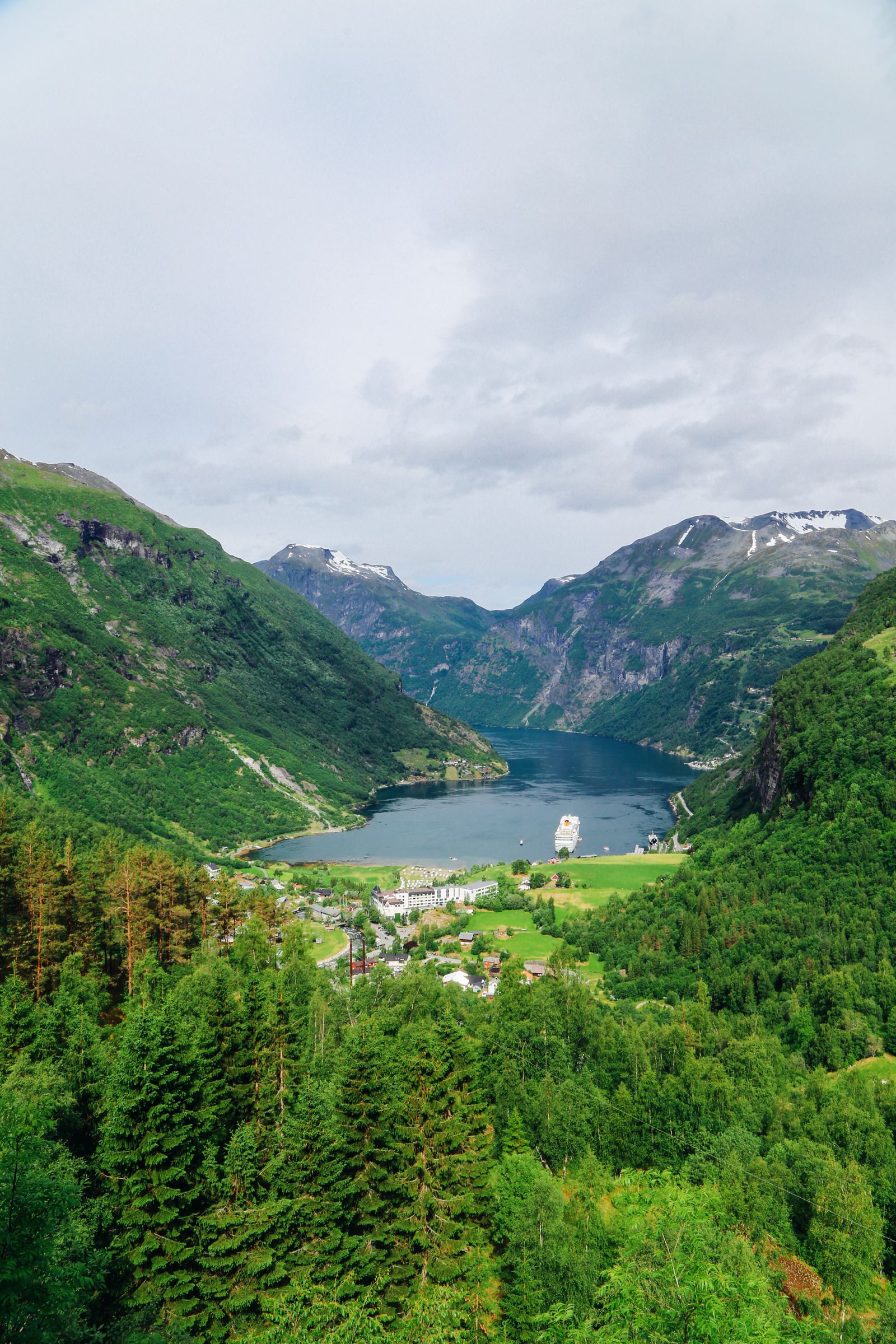On a cool winter morning, Stanley (our safari tracker) witnessed one of the most harrowing scenes in his career at Kruger National Park, South Africa.
He encountered an elephant, shot and immobilised by bullets to the head, legs and neck – he was not dead and still faintly breathing.
As Stanley continued to account this awful moment, he recoiled in disgust and relayed exactly what the poachers had done, they had hacked off the lower part of the elephants face extracting as much ivory hidden within the skull as physically possible, whilst leaving it in agonising pain before death.
After his account I couldn’t speak – I was shaking in bewilderment, disgust, and anger.
How could anyone do such barbaric things? Why isn’t there more being done to stop this?
Stanley’s account was just one of thousands of incidents that happen across Africa.
The illegal wildlife trade has seen some of the world’s most endangered species almost disappear from some countries within Africa.
It’s a sickening thought, one that I know you will agree with – the killing, mutilation and brutality that is caused by a select few that choose to facilitate the illegal wildlife trading of tusks, ivory and fur is something we must stop.
It was awful listening to what Stanley’s account but what’s worse is not knowing the extent of the problem.
What are Anti-poaching teams
Many national parks, such as Kruger, have surveillance technology and aircraft that watch for the threat of poachers while limiting the use of radios and/or tracing technology so that no information can be passed onto poachers.
Although more and more money is being given to surveillance efforts, the resources available are still not enough. Anti-poaching teams need to be effective 100 percent of the time to stop the killing or mutilation of an animal.
Poachers on the other hand only need to be effective 1 time to kill or seriously maim an animal.
In Kapama Private Game Reserve our tracker, Stanley, had a deep-rooted passion to protect the animals in the park, surprising us with accounts of elephant births, endangered species and intriguing tales of wildlife symbiosis- all over hot cups of Rooibos Tea as we watched herds of zebra and elephants walk by.
He did not tell us just the nice things that would happen in the park and I feel thankful for this.
Now I feel I have a better understanding of how endemic the problem of poaching is in Africa.
Understanding the reality of poaching
There are numerous laws, legislations and anti-poaching teams that aim to eradicate poaching from the African continent but it is a constant battle that is not always won.
Thankfully, killing rhinos and elephants is completely illegal across the African continent, but that doesn’t mean that underground poaching gangs always listen.
Over the last few decades, the majority of Africa’s elephants and rhinos are found in national parks or private game reserves – where they thankfully receive some protection from anti-poaching teams. However, these teams are often overworked with not enough recourses to cover the expanses of land where animals naturally roam.
This inadequacy in coverage is something that poachers and underground gangs exploit to their full potential.
They regularly hunt, track and lay traps to capture animals for their ivory or fur. Once caught, the animals are immobilised and the ivory or fur is barbarically extracted while most are still alive.
Once extracted, the animals are left to die while poachers head towards their next victim.
How does Ivory enter the black market?
After the tusks and horns are removed from the animal, poachers endeavour to transport the items as quickly as possible to other countries through international crime networks.
If this can’t be done, they are sometimes buried or hidden for weeks at a time and removed when it is easier to escape.
Just like the drug trade, many tusks and ivory are then hidden and concealed in shipping containers that are destined for various shipping ports around the world where they are then sold to ‘collectors’, jewellers and dealers that will profit from them.
How you can help

Thankfully, we all have an option here – this killing and black market only exists because people still choose to buy ivory products.
It’s a disgusting and terrifying thought that someone would choose to purchase these goods but we can help stop this in three ways.
1.) Make your voice heard: Everyone has a voice, an output, an opinion. Make this opinion count and share your thoughts with your friends and on social media.
The more people discuss the problem with poaching, the more people will wake up to its awful consequences.
2.) Give your time: If you’re planning a travelling gap year or want to take a meaningful adventure, why not combine this with charitable work?
Consider becoming volunteer patroller for a month or longer at the International Anti-poaching Foundation in Kruger National Park; More details here.
3.) Donate money: As with most charities, the upkeep, logistics and resources are ultimately funded by money. If you wish to donate any amount to the International Anti-poaching Foundation –please use this link or search Google for ‘donate IAPF’.
Our adventure in Kruger National Park, South Africa
We had an amazing time in Kapama Private Game Reserve and we want to make sure that future generations can appreciate the beauty of the many animals that wander these roaming plains.
We managed to spot Elephants, Lepords, Cheetah, Rhino, Lions and many more animals on our journey. We just can’t wait to go back and volunteer our time to a cause as worthy as the International Anti-poaching Foundation.
Take a look at some more photos from our latest safari, below:
Thinking of Planning your own safari? Check out some of the animals we saw at Kruger National Park
Check Out The Very Best Of Great Britain!

































